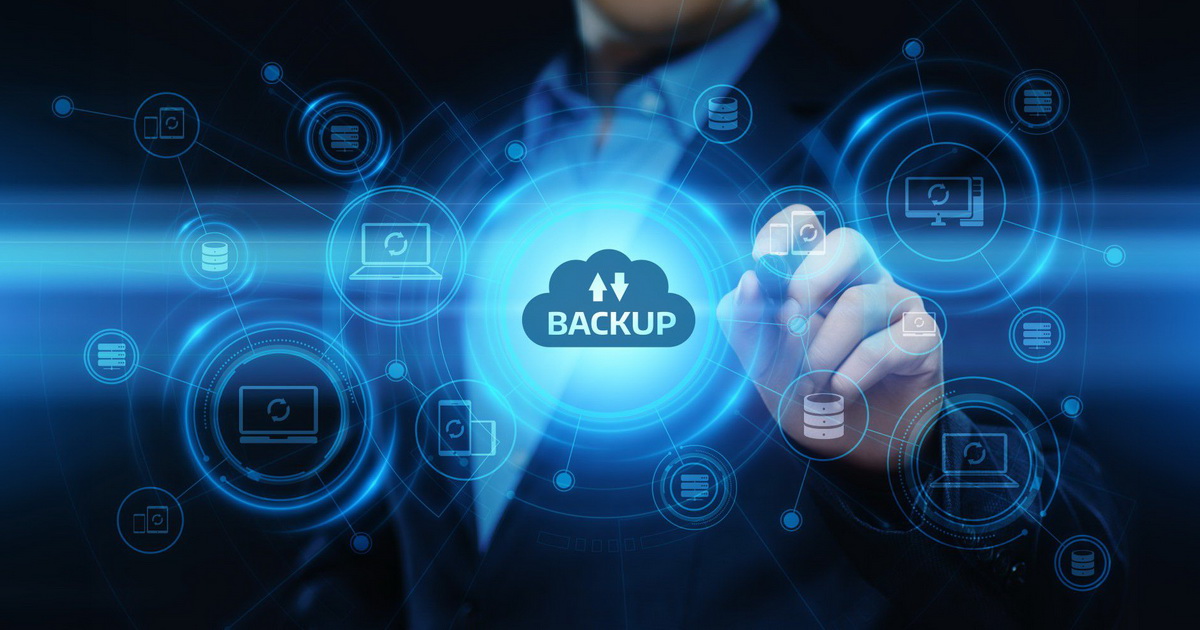What are the 5 Things Every Data Backup Strategy Must Have?
 TI Infotech Pvt. Ltd.
TI Infotech Pvt. Ltd.
Introduction
Data backup strategies are a crucial part of every business. You need to have a plan in place for backing up your data, and then you'll be able to recover from any kind of disaster. In this post, we'll take a look at 5 things every database backup service strategy must have:
Tools to create on-site backup copies.
Backup software: This is the software you use to make your backup sets. There are many different types of backup software, from simple utilities that allow you to drag and drop files from one folder to another, to full-blown enterprise solutions that offer advanced features like compression and encryption.
Backup hardware: The best way of ensuring a reliable backup is by using an external hard drive or network storage device (NAS) with plenty of space for storing your data files in case they need saving. If you're considering buying a new device as part of your backup strategy, then make sure it has enough capacity for what will be saved onto it - otherwise, there's no point in buying anything at all!
Cloud backup service: Another option available on the market today is cloud storage services such as AWS, Microsoft Azure, DropBox or Google Drive where users can upload their files online before making them accessible via either desktop or mobile devices anywhere there's internet access available within reach regardless whether we live in urban areas surrounded by tall buildings with lots going on nearby our homes while others might reside far away from civilization altogether so long as they have access.
The space to store copies locally.
The space needed to store copies locally depends on the amount of data you are backing up. In general, the more valuable the data, the more space you'll need.
You should also consider how much space you have available and how much storage is needed for your backups. It's important that these numbers are in sync with one another so that there aren't any surprises later on down the line when it comes time for an upgrade or new server purchase (which could cost thousands).
Off-site storage for regular backups.
The second most important aspect of a backup strategy is off-site storage. You should have copies of your data stored in a different physical location than the original, so that if a disaster occurs and all your on-site storage goes down you can still access your backups when needed.
This means that you'll need to find an off-site location where you can store copies of all your backed-up data—and remember, these aren't just physical disks! They could also be virtual machines or cloud servers with encryption enabled.
The best thing about this approach is that it allows for increased flexibility and scalability as well as improved security because there are multiple copies available at any given time (which makes them more resistant to physical disasters).
A disaster recovery plan.
A disaster recovery plan is a document that outlines the steps you will take in the event of an emergency or natural disaster. It outlines your backup strategy and storage location, as well as what data to keep on hand at all times.
The best way to create one is by asking yourself these questions: What happens if my computer crashes? Do I have access to another computer at home or work? How would I restore everything back over there if it's destroyed (or stolen)?
A good rule of thumb—if something happens and someone else has access to your account, don't assume they're going through all your files before erasing them completely; instead, make sure there are backups somewhere else!
Tools for data rollback.
Data rollback is a process of restoring data to a previous point in time. It's usually done to recover from corruption or deletion, but can also be used in other scenarios, such as when using multiple servers for replication and/or backup.
To ensure your organization has the right tools for data rollback:
Choose an application that can roll back across multiple servers. Most applications will only support restoring from one server at a time; this means that if you want to restore from multiple locations (e.g., two different data centers), you'll need two separate tools for each location! If this sounds complicated—contact TI Infotech backup expert to guide you!
Create a comprehensive backup strategy when it comes to your data, and you can avoid major disasters in the future.
The first step to creating a backup strategy is to identify what data you need to back up. The second is to determine how often you should perform the backups and where they should be stored. The third step is testing your backup system, verifying that it works as intended and identifying areas where improvements can be made.
Once all of these steps have been completed, it’s time to implement your new strategy into practice!
Conclusion
The five things we’ve discussed are a good starting point for any data backup strategy. There are plenty of other tools and services on the market, but these are some of the most popular ones that can help you secure your information effectively. If you want to learn more about data protection, check out our blog posts “Benefits of cloud backup and data recovery” and “Disaster Recovery Plan Real-World Scenarios" or speak to TI Infotech Backup Expert today!
Source URL:What are the 5 Things Every Data Backup Strategy Must Have? | TI Infotech Blog
Subscribe to my newsletter
Read articles from TI Infotech Pvt. Ltd. directly inside your inbox. Subscribe to the newsletter, and don't miss out.
Written by

TI Infotech Pvt. Ltd.
TI Infotech Pvt. Ltd.
TI Infotech is a premier information Travel Technology Company serving travel software services across the globe. The company was incepted in the year 2005 with "A Total Solution Approach" to provide travel portal development solutions specific to travel, tourism and hospitality industry. We have a comprehensive range of online travel booking engine exclusive for online travel agencies (OTA’s) & travel management companies (TMC’s). It provides connectivity with multiple GDS (like Sabre, Galileo, Word span etc.) and third-party suppliers for fetching the worldwide content for various services like Flight, Hotel, Packages, Transfers, Sightseeing, and Cars. Travel agency back office software completely automates the entire booking process to manage multiple sales channel (B2C, B2B, B2B2B, B2B2C).